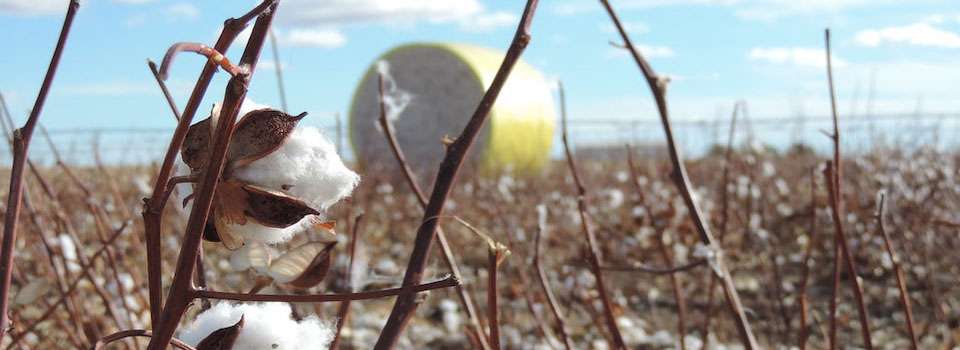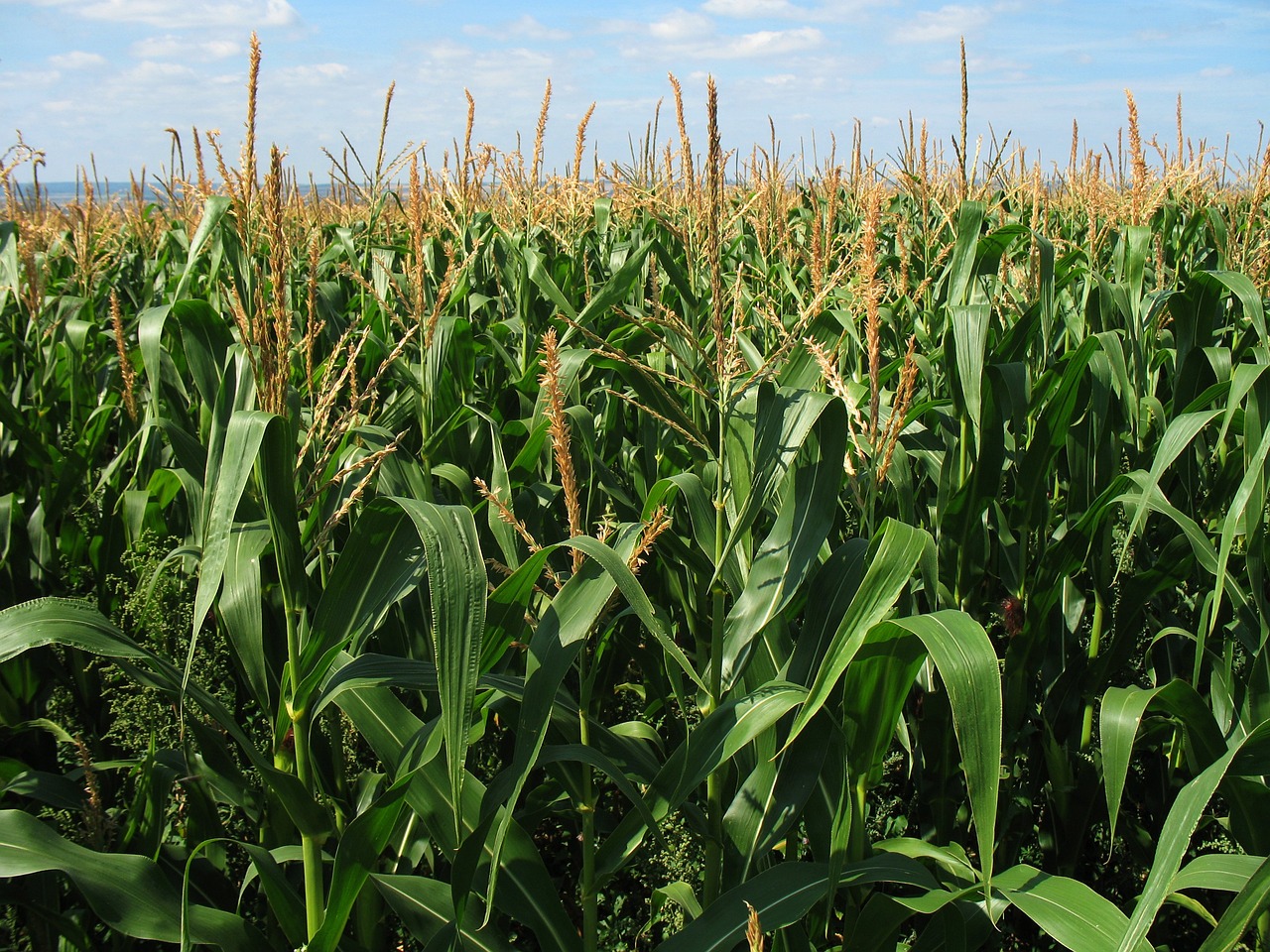
MADELINE DRAKE
K-State Research and Extension News Service
MANHATTAN, Kan. — Kansas cotton fields are entering the critical squaring phase, so Kansas State University agronomist Logan Simon and entomologist Anthony Zukoff say timely scouting will be essential to protect yield potential.
“Overall, Kansas cotton acres are down this year like most of the US cotton belt and the cotton we have is generally behind in development compared to normal,” Simon said. “Although south-central Kansas had severe storm damage that hurt the cotton down there, many were able to hold on pretty good.”
As cotton enters this key reproductive stage, as evidenced by early formation of flower buds, K-State Extension entomologist Anthony Zukoff shared the importance of monitoring for cotton fleahoppers and tarnished plant bugs, also known as lygus bugs.
“These two insects can be very detrimental to overall yield so it’s important to keep an eye out for them now,” Zukoff said.
“They are very excitable, so they can be tricky to scout for. We recommend using a drop cloth or sweep net method to determine if these insects are in the field,” Zukoff said. “Depending on the method, the threshold will be different, so we recommend using our cotton insect management guide to determine if the insect count is over that threshold.”
The cotton flea hopper is about 1/8 of an inch and lime green color, while the lygus bug is about twice the size and a tan color. Zukoff noted that control options are available if populations reach economic thresholds.
“If they do reach that threshold, all is not lost,” he said. “Producers can save their fields if they take action quickly. The important thing is to be proactive rather than reactive; get out there right now and scout.”

“The early and first position squares are the most important fruiting positions on a cotton plant as they will contribute the most to the final yield,” Simon said. “Once the plant matures, those insects will not be as much of a problem for later squares.”
Zukoff and Simon also advised corn growers to be scouting for western bean cutworm.
“The western bean cutworm is a pest of corn, specifically corn ears as they tassel,” Zukoff said.
“Western bean cutworm overwinters in the soil as pupa, and this time of year adult moths will be emerging from those pupae and laying eggs. Those eggs hatch and caterpillars make their way to the tasseling corn fields,” Zukoff said. “Once the pest gets to the field, it will eat developing kernels and cut the silks on its way up, which makes it detrimental to final yields and developing crops.”


